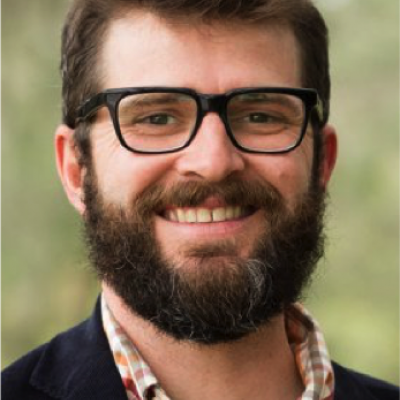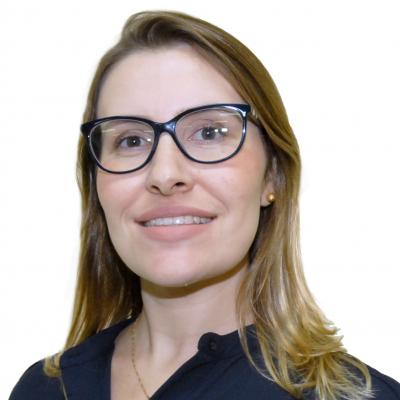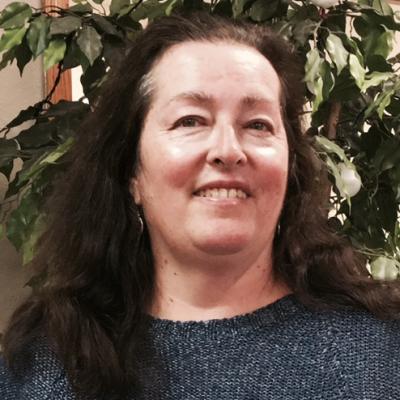Revolutionary Women Scientists
Four Female Earth and Computer Scientists You Need to Know
It is easy to look at history and conclude that men have invented or discovered everything. However, in reality, female scientists have provided the foundation for some of the most fundamental aspects of science and technology.
Science can only realize its full potential if people from many places with different viewpoints and experiences are involved. We’d like to spotlight the extraordinary lives and work of four women in Earth and Computer science, without whom science wouldn’t be where it is today.
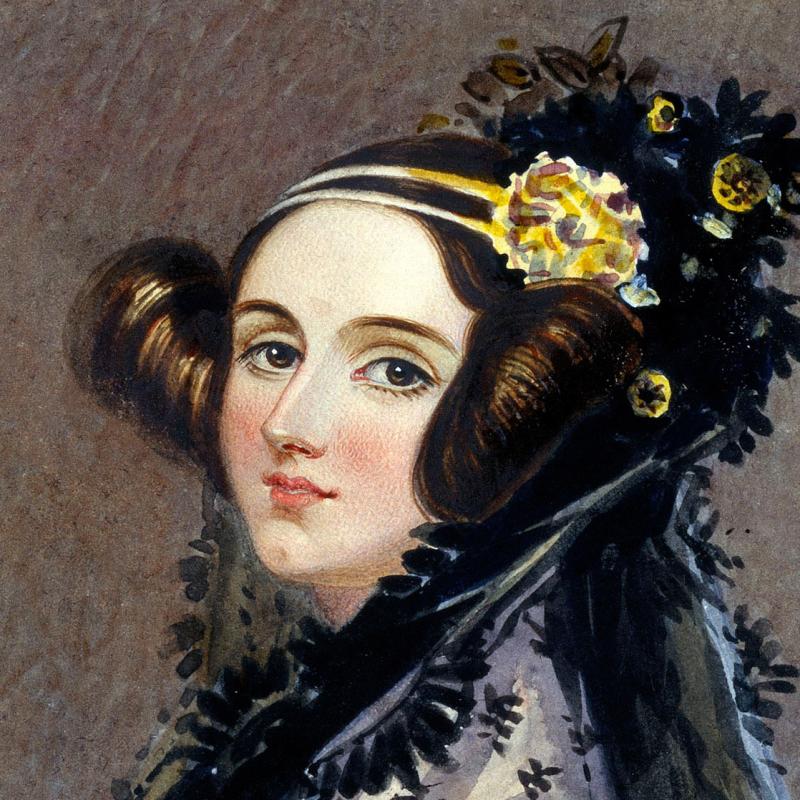
Ada Lovelace: Predicting Computational Power
Ada Lovelace (1815-1852) was the only legitimate child of famous poet Lord Byron and is known for her contributions to the world of computing. This is a remarkable achievement, given that computers didn’t even exist yet.
Inventor Charles Babbage, known as “the father of computers,” had recently created plans for a machine called the Analytical Engine. The Analytical Engine was a hypothetical invention that improved upon the Difference Engine, a machine Babbage designed for the English government earlier in his career. While the Difference Engine was essentially a glorified calculator, the Analytical Engine would have advanced capabilities that pushed it into the realm of a computer. This being said, the Analytical Engine was never completed—it was only ever planned and partially built before Babbage’s death.
Through her life, Ada Lovelace communicated closely with Babbage on his work. She was known in intellectual circles as a mathematician, and Babbage dubbed her the “Enchantress of Number.” Italian mathematician, Luigi Menabrea, wrote an article on Babbage’s Analytical Engine, which Lovelace translated into English. With her translation, she appended a set of notes that were longer than the article itself. At the time, many members of the government and other scientists didn’t understand the difference between the Analytical Engine and its predecessor, the Difference Engine. These notes explained exactly what the Analytical Engine did, how it was different from the Difference Engine, and the value it could offer to society.
Lovelace also included what many consider to be the first computer program with these notes, giving instructions on how to use the Analytical Engine to calculate Bernoulli Numbers.
Researchers and historians disagree on whether this was actually the “first” computer program (and whether Lovelace wrote it, or just adapted it from Babbage’s earlier work). However, Lovelace had another, perhaps more amazing “discovery.” She was the first to recognize the full potential of the computer as something more than just a number-cruncher. While Babbage and many other scientists were interested solely in the computer’s abilities to do calculations, Lovelace was interested in the potential to use computers to study words, music, and data beyond numbers.
Lovelace’s notes on the Analytical Engine and her insight on the potential uses for computers have, without a doubt, influenced the adaptation and development of modern technology.
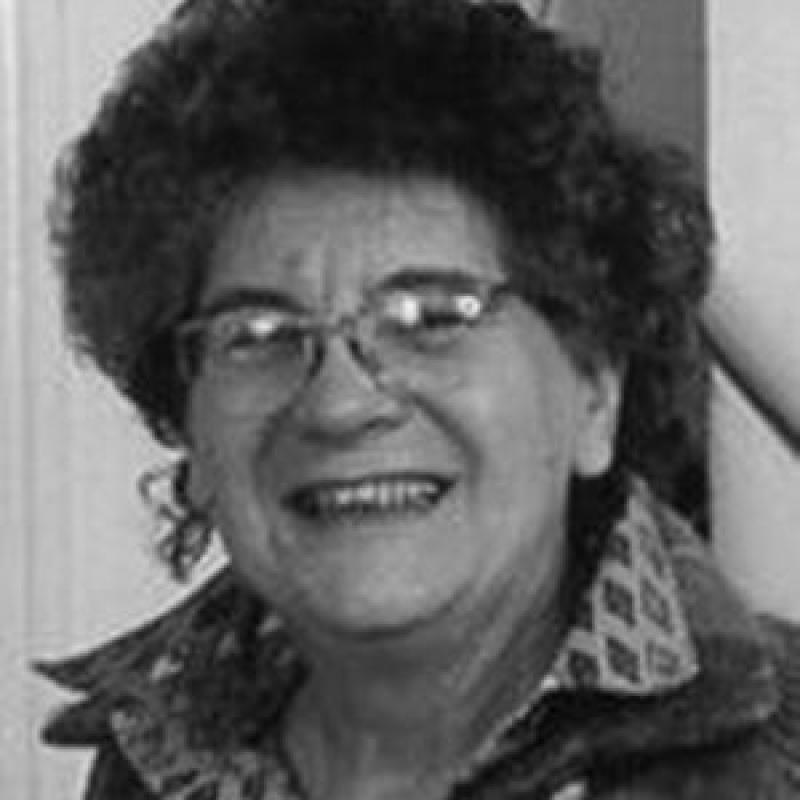
Marjorie Sweeting: Geomorphologist Extraordinaire
Marjorie Sweeting (1920-1994) lived in a time when women weren’t accepted as researchers, geologists, or, heaven forbid, explorers. She was all of those things, and not an amature, either. Sweeting was one of the leading geomorphologists in her time, known for her groundbreaking research on Karst formations.
Karst is a category of geological feature in which the landscape is built on top of an underlying sheet of limestone or another soluble rock. The stone weathers and changes, leaving behind otherworldly spires, ridges, buttes, sinkholes, and fissures. Marjorie Sweeting was the first woman to study these features, writing her PhD thesis on "The Landforms of the Carboniferous Limestone of the Ingleborough District, NW Yorkshire," and spending the majority of her career lecturing on geography and leading PhD students in the field.
She was a wonderful mentor and was influential in the lives of what would become many of the world’s leading female geographers. Sweeting was also remarkable in that she was one of very few female geographers to hold a position in both a college (Fellow and Tutor at St. Hugh’s College in Oxford) and a university (Lecturer and Reader at Oxford University).
Sweeting wasn’t just a researcher—she was an explorer. From riding her bike across the moors to do her PhD fieldwork to taking her students caving (or “potholing”) to leading the first Western research expedition to study Karst in China, Sweeting broke norms for women at the time. She lectured around the world, including in Jamaica, Canada, South Africa, Czechoslovakia, China, and the United States.
While she traveled, Sweeting made connections and networked, so she quickly became one of the most well connected geographers in England. This made her a natural candidate when Great Britain was looking to send a team of researchers to study Karst in China—with her excellent organizational skills, travel experience, and connections, Sweeting was an automatic choice for leading the expedition.
Over the course of her career, she wrote and published over seventy papers, won the Gill Memorial Medal and the Busk Medal, and was named the chair of the British Geomorphological Research Group—the first woman to hold that position. Sweeting was the first to write and publish on many Karst landscapes around the world, traveled widely, was revolutionary in developing methods for studying Karst geography, and led the way for female geologists and geographers internationally. While her name may not come up in everyday conversation, there is no doubt that Marjorie Sweeting was an influential earth scientist.
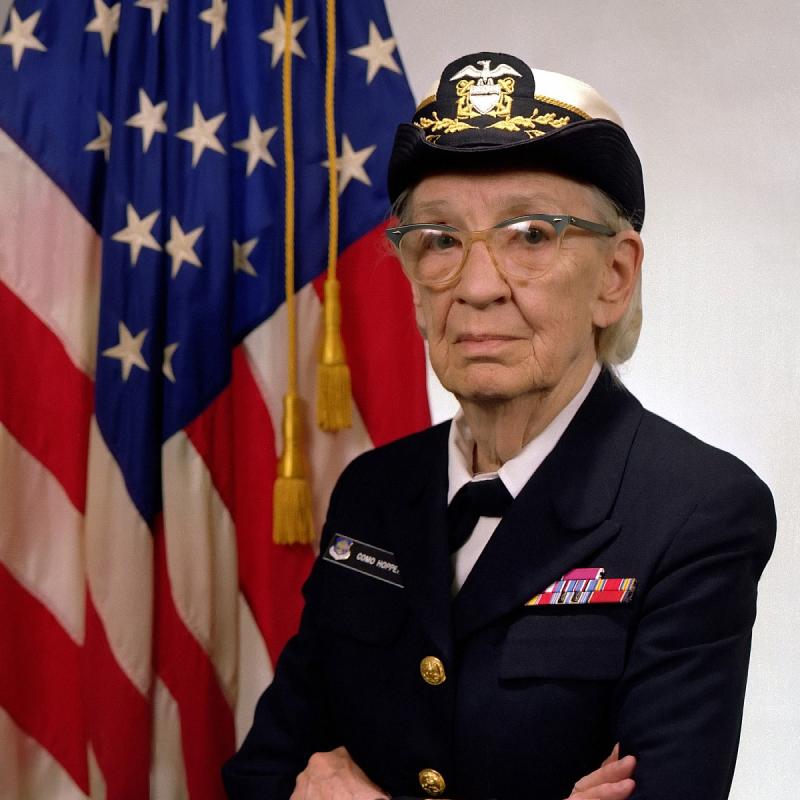
Grace Hopper: Inventor of the World’s First Code Compiler
Grace Hopper (1906-1992) was perhaps one of the most important people in making computer science and code more accessible for the general public. Hopper, born in New York and educated at Vasser college and Yale, earned her PhD in mathematics and mathematical physics in 1934. She focused her research on computer science, and after spending a few years as a lecturer at Vasser, she enlisted in the Navy Reserves due to World War II.
In the Navy, Hopper was assigned to work on the Bureau of Ships Computational Project at Harvard. This involved working with computer pioneer Howard Aiken, the developer of the IBM Automatic Sequence Controlled Calculator (also known as Mark I). Grace Hopper was one of the first three computer “programmers,” who were tasked with punching machine instructions for Mark I onto tape. Hopper and her team also worked on a number of mathematical calculations for the military’s efforts in World War II, including rocket trajectories, range-tables for anti-aircraft guns, and calibrating minesweepers.
After the war, Hopper remained at Harvard, working on Mark II and Mark III. One day, while working on Mark II, Hopper’s team encountered a serious problem. When they took apart the machine, they discovered a moth trapped in the wiring and coined the term “computer bug.” While Hopper likely wasn’t the first to say the words “computer bug” and “debugging,” she certainly popularized the terminology.
Computer oriented words weren’t all that Grace Hopper popularized—she was a strong advocate for making computer science more accessible for the general person. She was responsible for writing the several hundred page instruction manual for operating Mark I, and, after leaving Harvard, began working with the Eckert-Mauchly Computer Corporation as a senior mathematician.
Eckert-Mauchly became Remington Rand, and Hopper worked on UNIVAC (Universal Automatic Computer) as the head programmer. While working on this project, Hopper and her team created two amazing things: First, they wrote the first ever code compiler. A compiler is a program that translates code (written by a person) into machine language (understood by a computer). This invention allowed code to be written and then used on multiple machines, rather than just the machine the code was written for. This was revolutionary for computer programming.
Second, Hopper and team created the first word based programming language. At the time, all coding languages were based on numbers or mathematical symbols, which were obscure and difficult to understand for programmers. Hopper knew that computer programming at the time was extremely inaccessible, and she believed in the power and opportunities computers could offer the future, so she wanted to create a more understandable language. This led to the development of “Flow-matic,” the first language to use English language commands and to be oriented towards people besides academics, scientists, and mathematicians.
Hopper’s work was revolutionary for the development of computer programming and may have planted the seeds for the open source movement by striving to make computer programming more accessible for all.
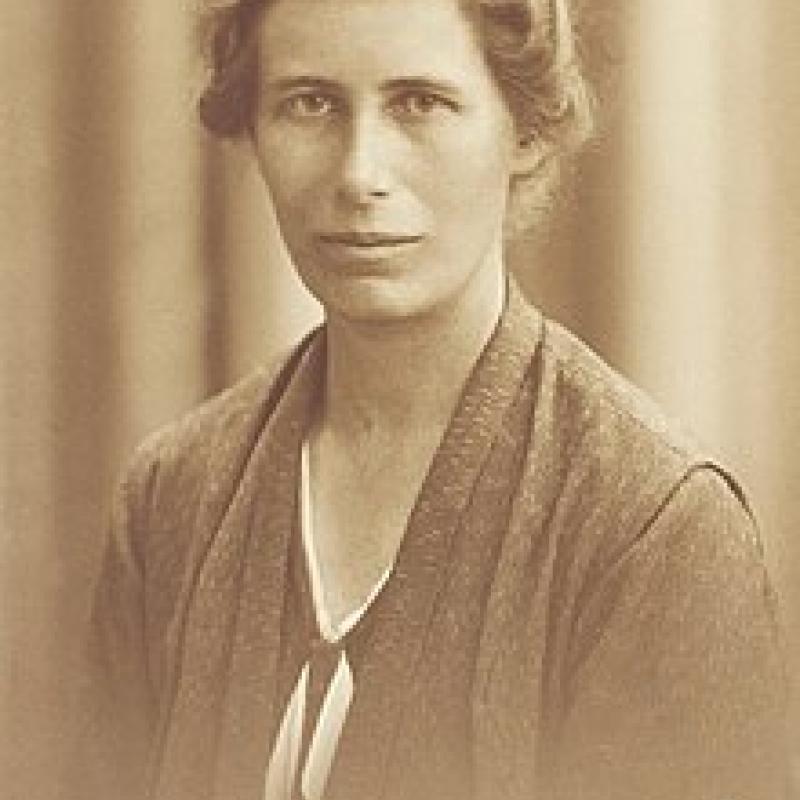
Inge Lehmann: Discovery of the Center of the Earth
Inge Lehmann (1888-1993) was born in Copenhagen, Denmark to a prominent family. She spent her early childhood in a unique school that treated male and female students the same way and encouraged them to pursue the same opportunities. Lehmann attended college beginning in 1907 at Copenhagen university and received her mathematics degree in 1920, after spending a year at Cambridge University and some time working as an actuary.
Lehmann started in Copenhagen’s actuarial department, but quickly transferred to work on seismology. The field captivated her, and she went on to get her masters degree in geodesy (making measurements of the earth) in 1928. After getting her degree, Lehmann was appointed as the head of the Department of Seismology at the Royal Danish Geodesic Institute. She mostly worked in an administrative capacity, but also did scientific research focusing on how to improve the accuracy of measurements from seismological observations.
While Lehmann was earning her graduate degrees, seismologists had been working on creating a model of the Earth’s interior. They believed that it had a core of molten metal that comprised 40% of the Earth’s interior. This model, however, didn’t explain the behavior of some of the seismic waves that Lehmann and other seismologists were studying. Lehmann proposed that the waves’ strange behavior could be explained by a solid core within the molten layer of the Earth. After creating a complete mathematical model, Lehmann could see that the reflecting and refracting behavior exhibited by the seismic waves could be explained by this core. She published these findings in a landmark scientific research paper called P’.
Lehmann “retired” in 1953 at age 65 from her administrative role at the Geodesic Institute, though she continued her research. In 1959, Lehmann discovered “Lehmann discontinuities,” which are increases in seismic wave speed in the mantle and are still unexplained. Lehmann published her last scientific paper, Seismology in the Days of Old, at age 99 and attended her hundredth birthday party in her old work place, the Geodesic Institute.
Lehmann won many medals and awards for her work in seismology and utterly changed how we view the internal workings of our planet.
These are only four of many amazing women who shaped the fields of Earth and environmental science and computer science. Without the contributions of these scientists, researchers, and adventurers, we wouldn’t be where we are today.
